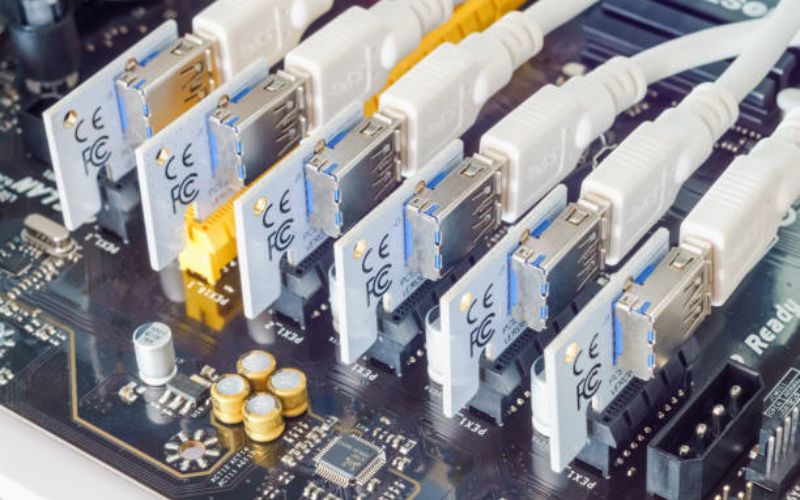Different Types of Liquid Cooling Plates
Liquid cooling plates come in various types, and their effectiveness depends on the design and materials used. The two most common types are porous and microchannel liquid cooling plates, both of which have unique differences and functions. Porous plates have a random distribution of small holes that allow coolant to flow through, while microchannel plates have parallel channels that enhance heat transfer efficiency.
Comparison of Heat Transfer Efficiency
Heat transfer efficiency is a critical factor in comparing liquid cooling plates, as it determines how efficiently heat is dissipated from a system. In comparison, porous plates generally have lower heat transfer efficiency due to their random distribution of holes and fewer channels for coolant flow. On the other hand, microchannel plates provide a larger surface area for heat transfer, enabling more effective cooling and system performance.
Difference in Structural Design
The structural design of liquid cooling plates is another key difference to consider. Porous plates have a simpler design and are easier to manufacture, making them more cost-effective. In contrast, microchannel plates have a more complex design that requires precise machining, making them more expensive to produce. However, the added cost can be justified by the performance benefits that microchannel plates offer.
Impact on System Performance
The type of liquid cooling plate used can significantly impact system performance. Microchannel plates offer superior cooling performance due to their larger surface area, allowing for greater heat dissipation. This increased performance translates into improved system performance, enabling higher clock speeds, reduced thermal throttling, and overall improved system longevity.
Compatibility with Different System Configurations
Another important factor to consider when choosing a liquid cooling plate is compatibility with different system configurations. Porous plates are easier to customize and modify, making them suitable for a wide range of systems. In contrast, microchannel plates are designed for specific applications and may not be compatible with all systems.
Materials Used in Liquid Cooling Plates
The materials used in liquid cooling plates can also affect performance. Porous plates are often made from aluminum or copper, as these materials are excellent conductors of heat. Microchannel plates can also be made from aluminum or copper, but they can also be made from materials like stainless steel or titanium. Each material has its own unique properties that affect cooling performance and durability.
Cost Comparison
Cost is a significant consideration when choosing the type of liquid cooling plate. Porous plates are generally less expensive than microchannel plates, due to their simpler design and ease of manufacture. However, the added cost of microchannel plates can be justified by their increased performance and longevity. Cost should be weighed against performance requirements when choosing a plate.
Maintenance and Cleaning Requirements
The maintenance and cleaning requirements for liquid cooling plates differ based on the type of plate used. Porous plates are easier to clean due to their simpler design, but they may become clogged more easily. Microchannel plates require more effort to clean, but a properly designed plate can reduce the risk of blockages and maintain optimal cooling performance.
Compatibility with Different Coolant Types
Liquid cooling plates can be designed to work with different types of coolants, such as water, glycol, or refrigerants. However, some plates may be optimized for specific coolant types and may not work as well with others. It is important to choose a cooling plate that is compatible with the chosen coolant type for optimal performance.
Customization Options
The ability to customize liquid cooling plates is an essential factor in some applications, especially in research and development settings. Porous plates are easier to modify, making them a better choice for custom applications. In contrast, microchannel plates are more challenging to modify due to their complex design, but they offer superior performance and are ideal for high-performance applications.

